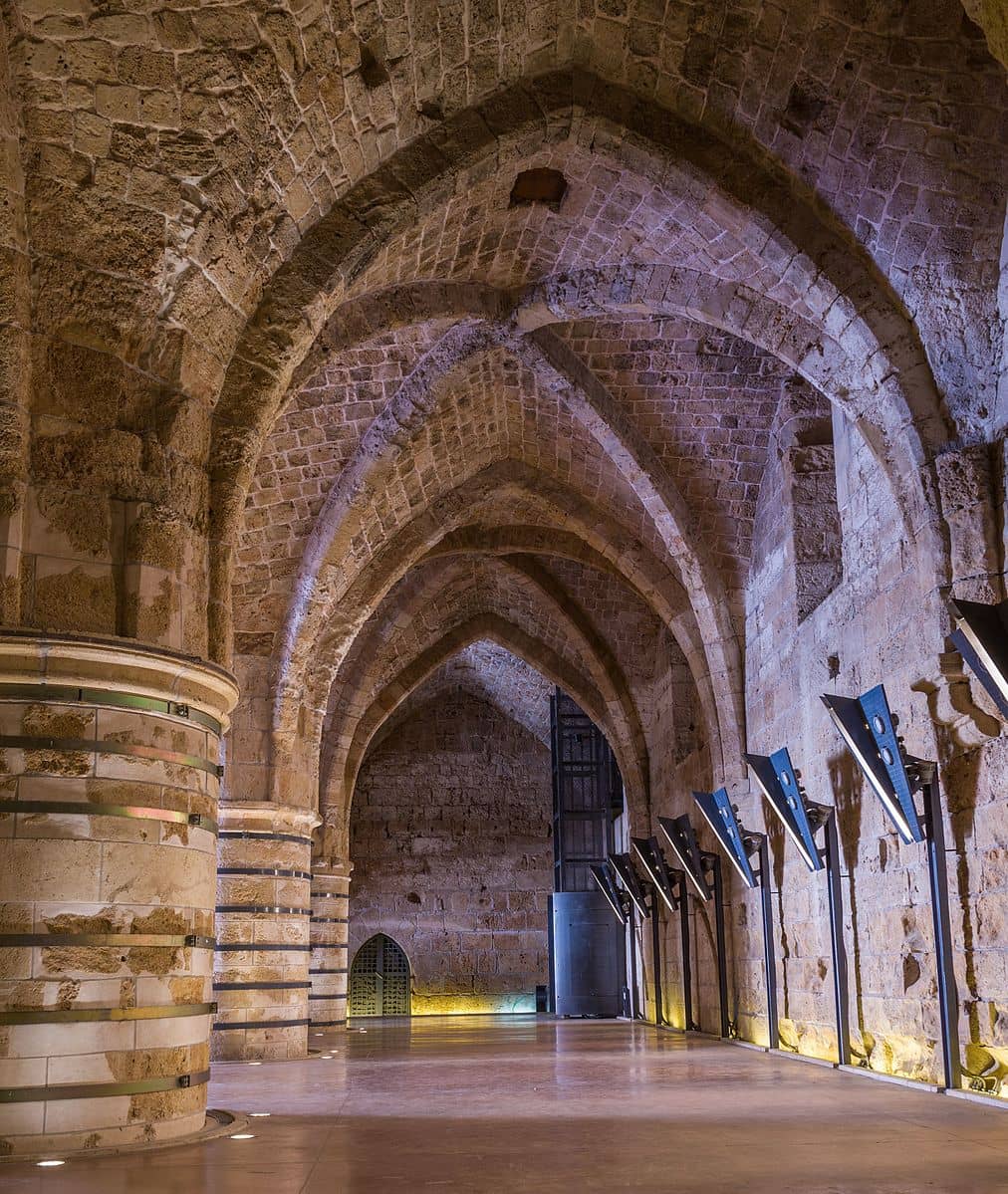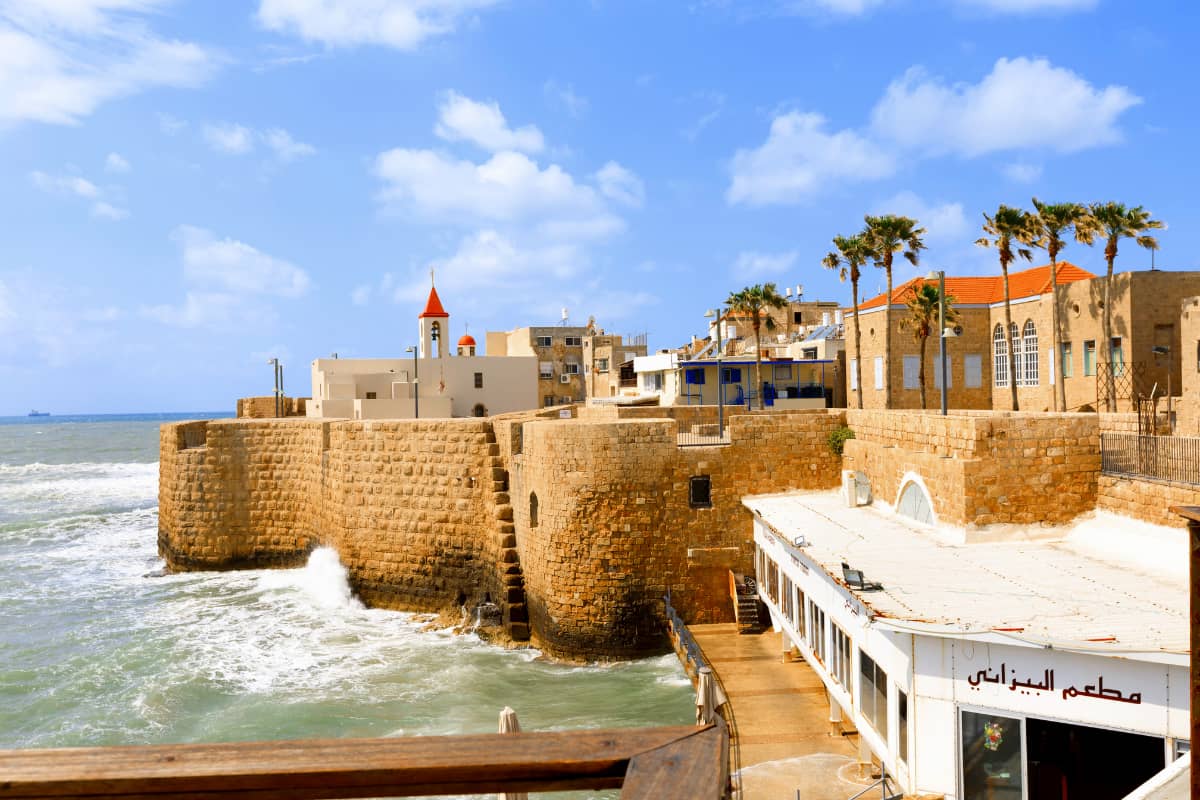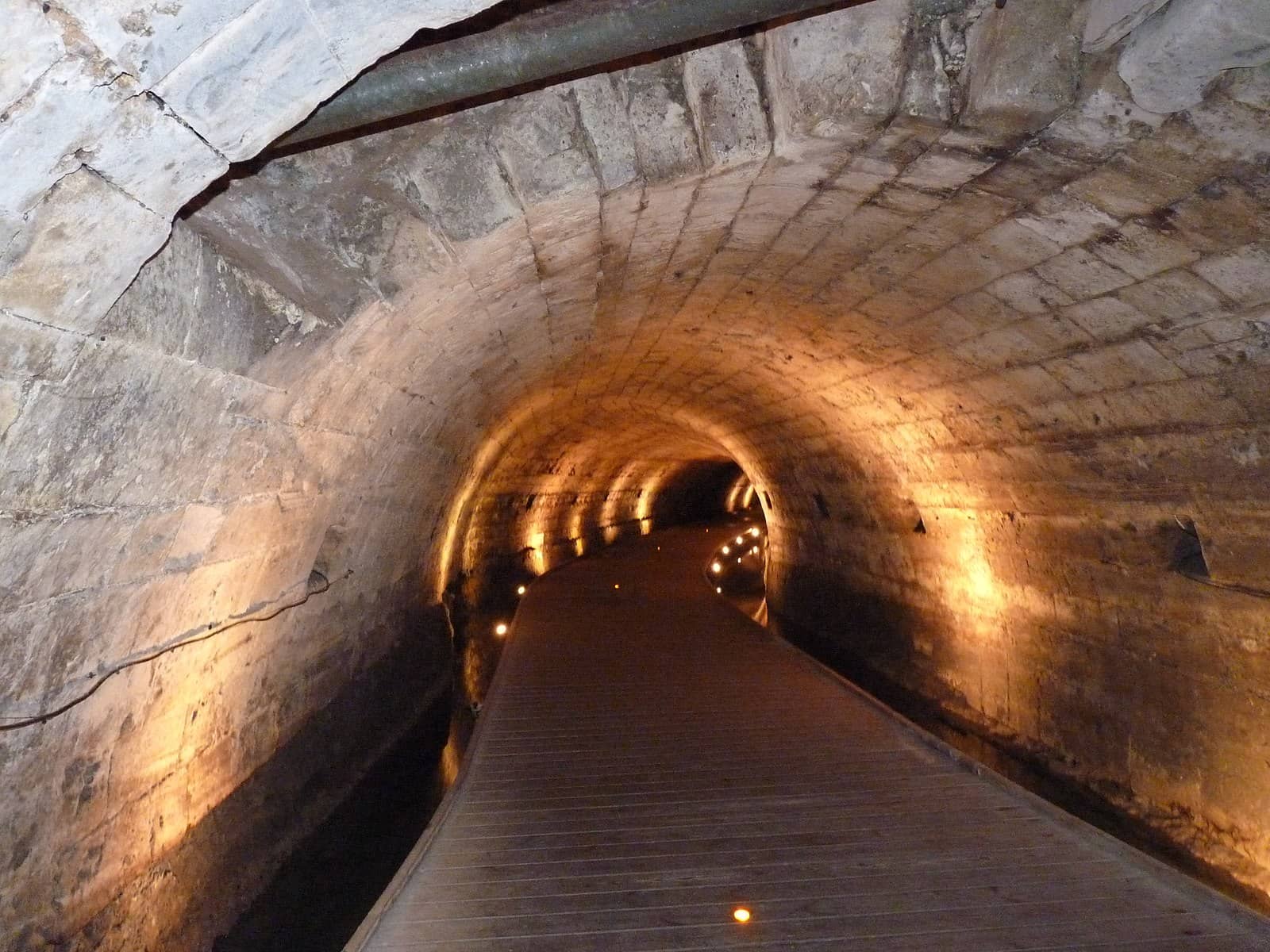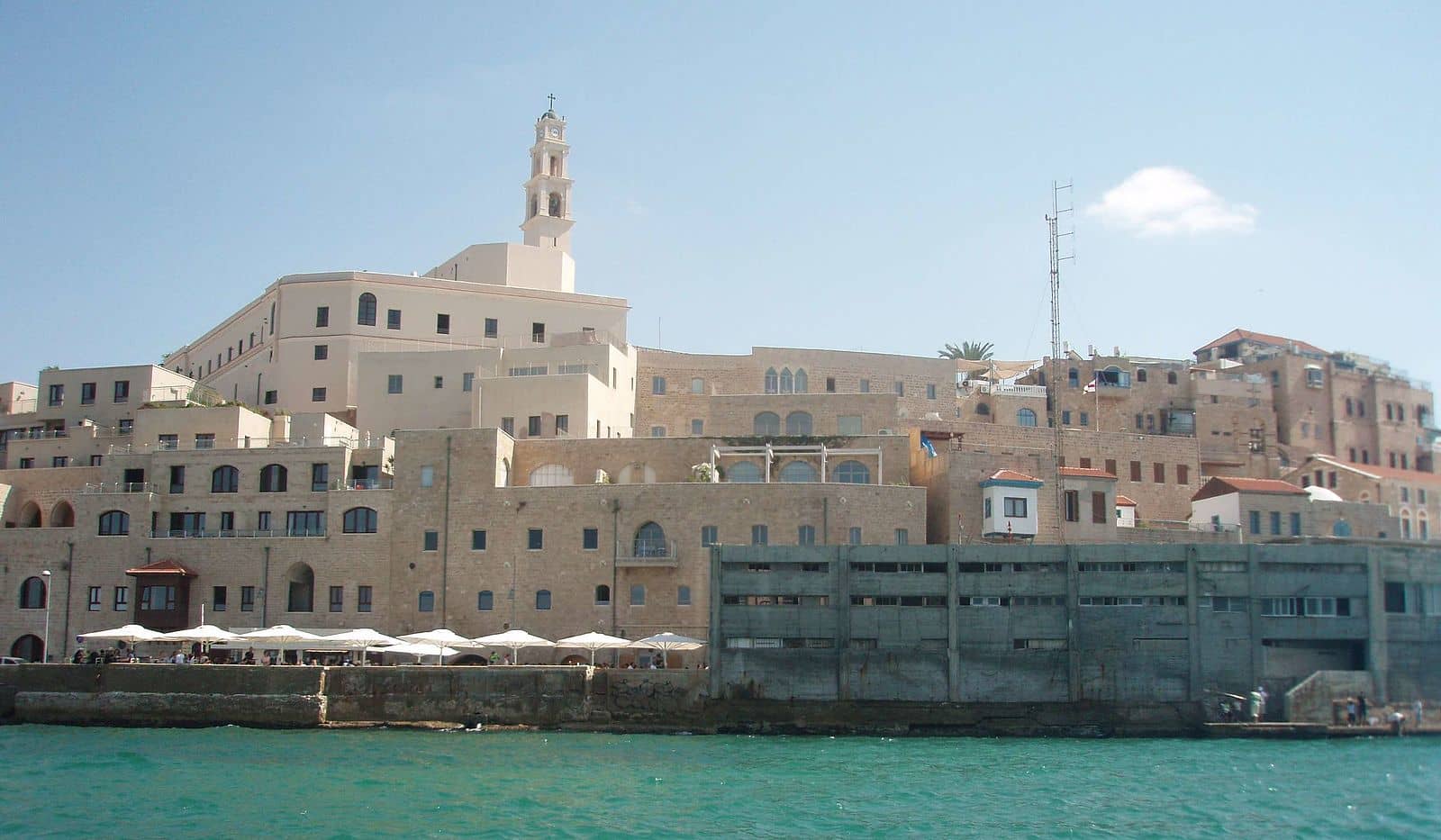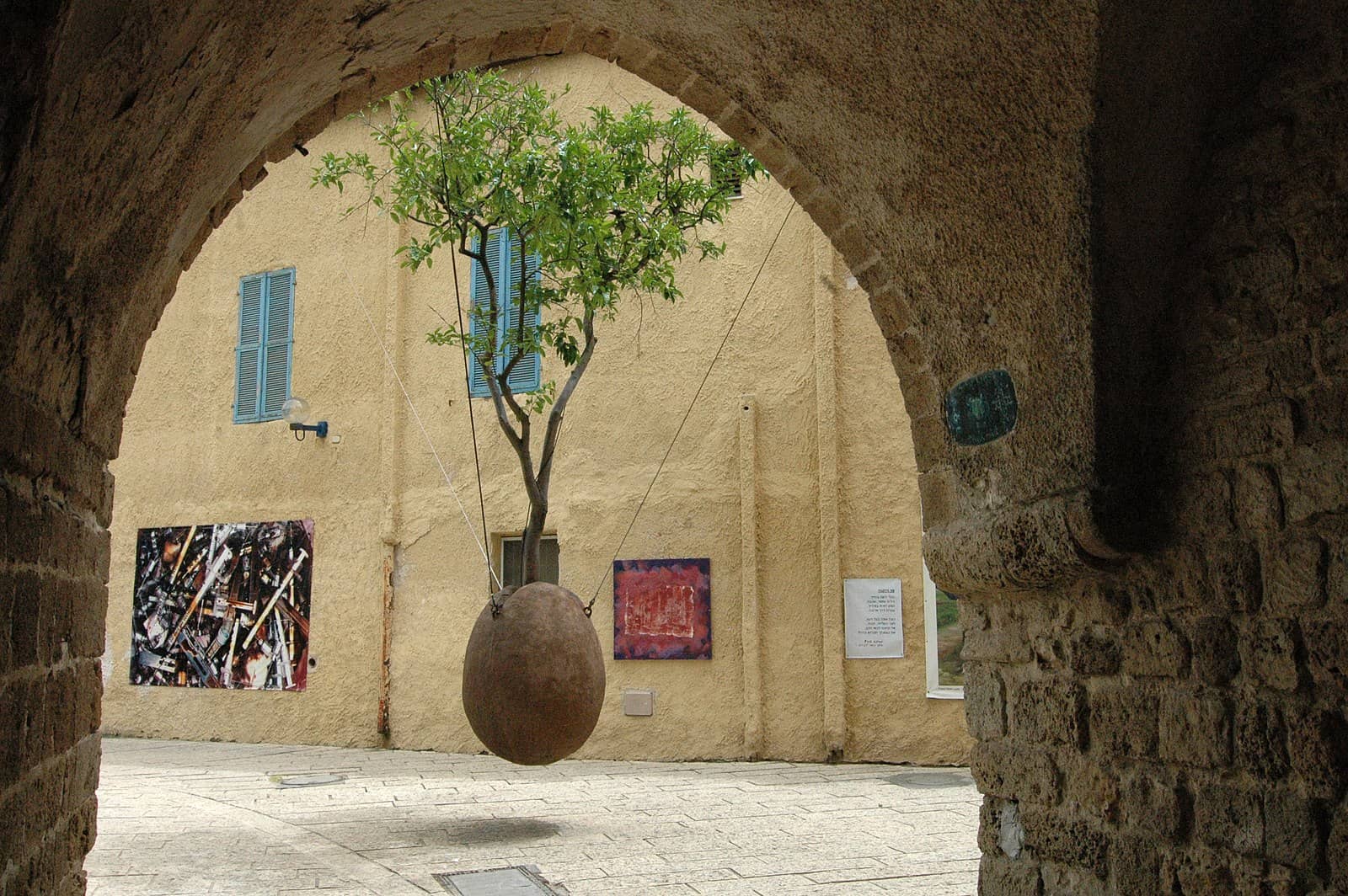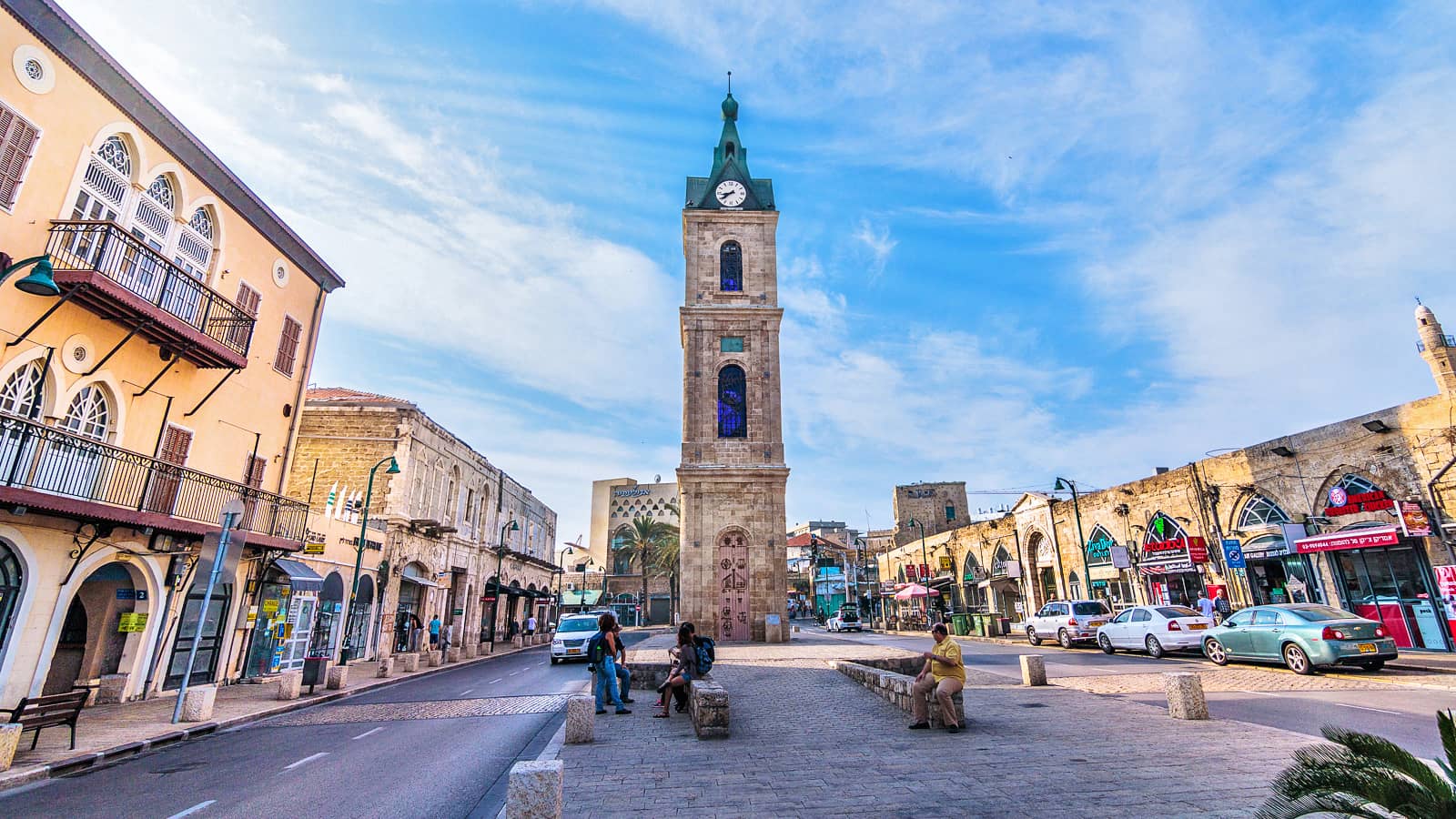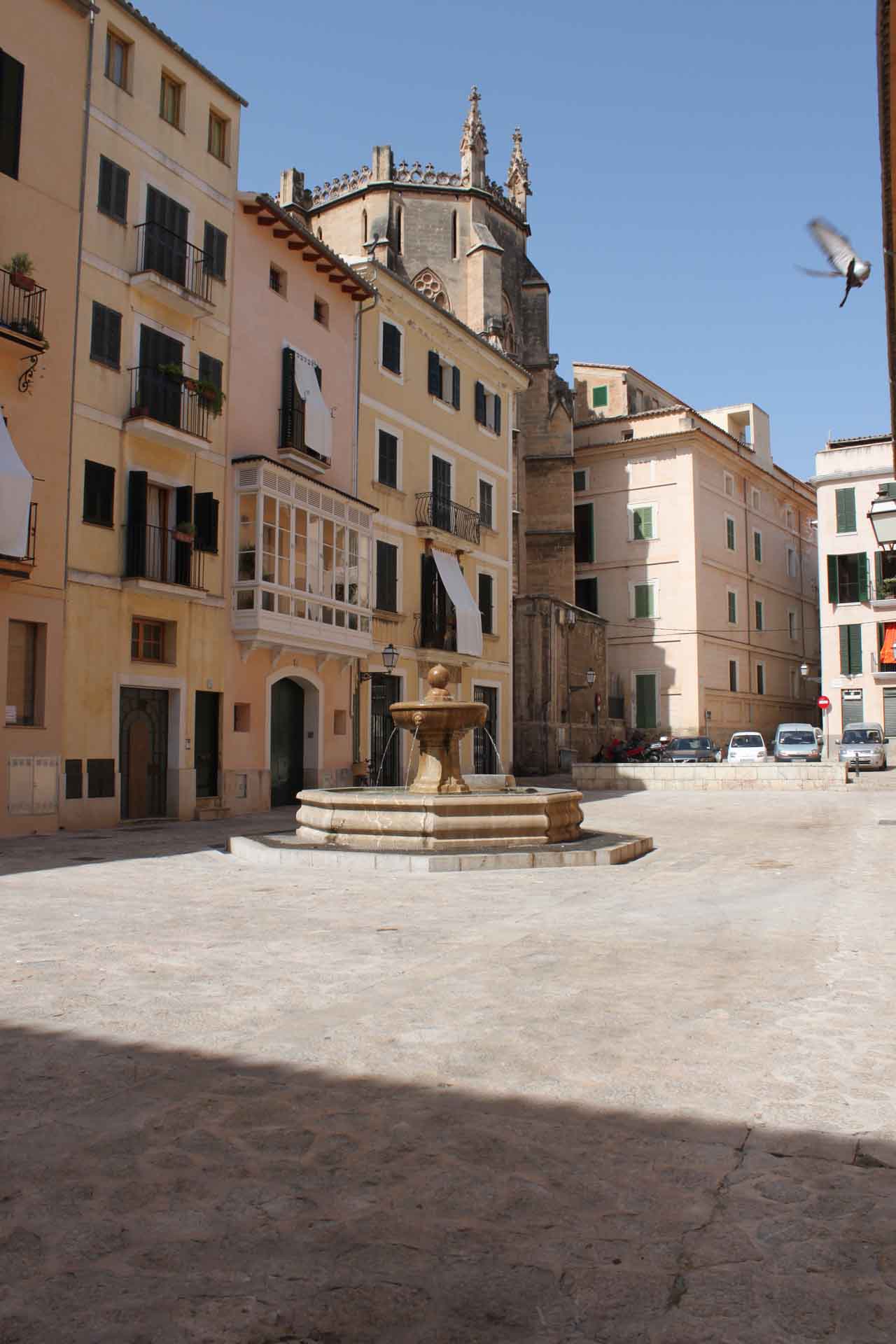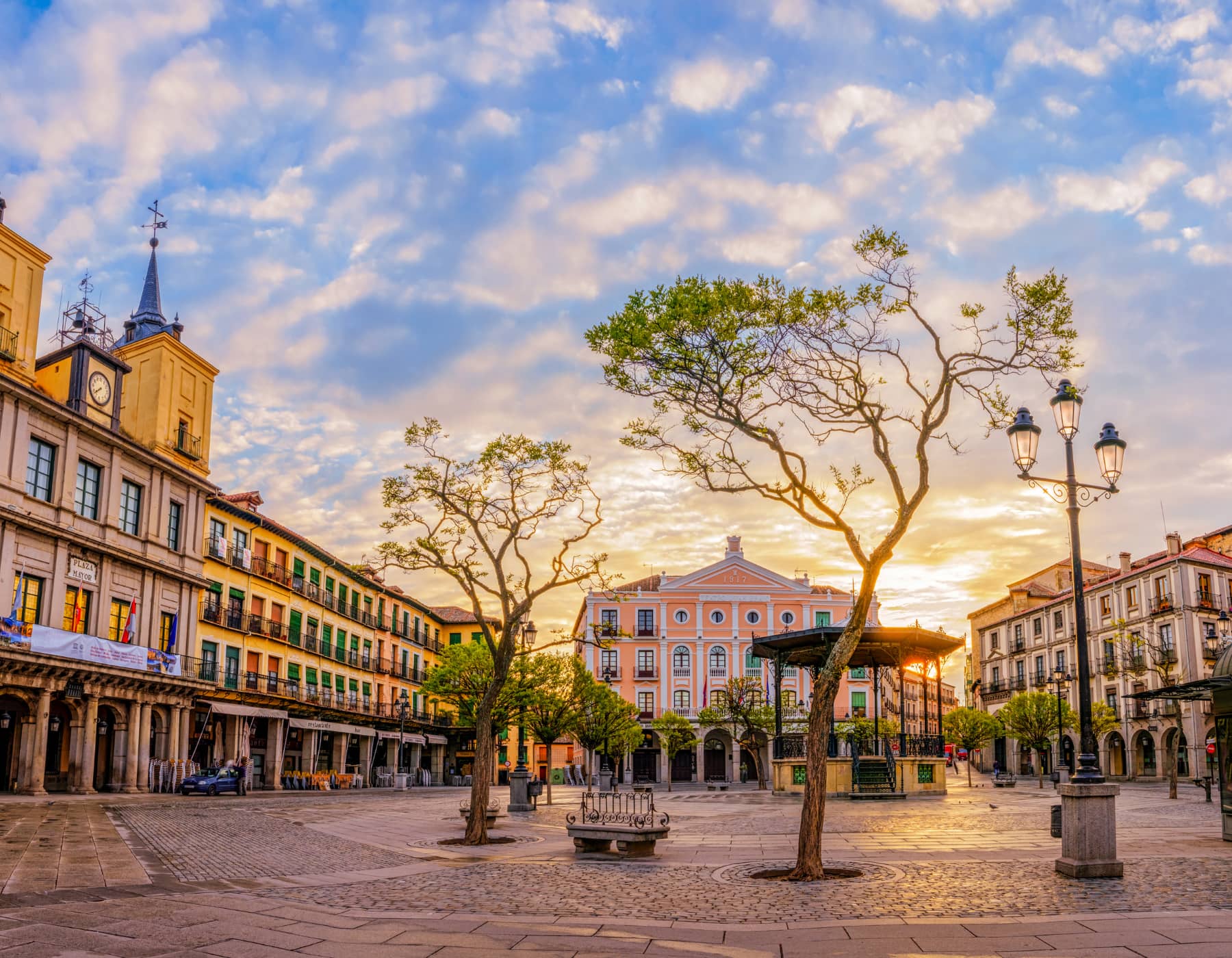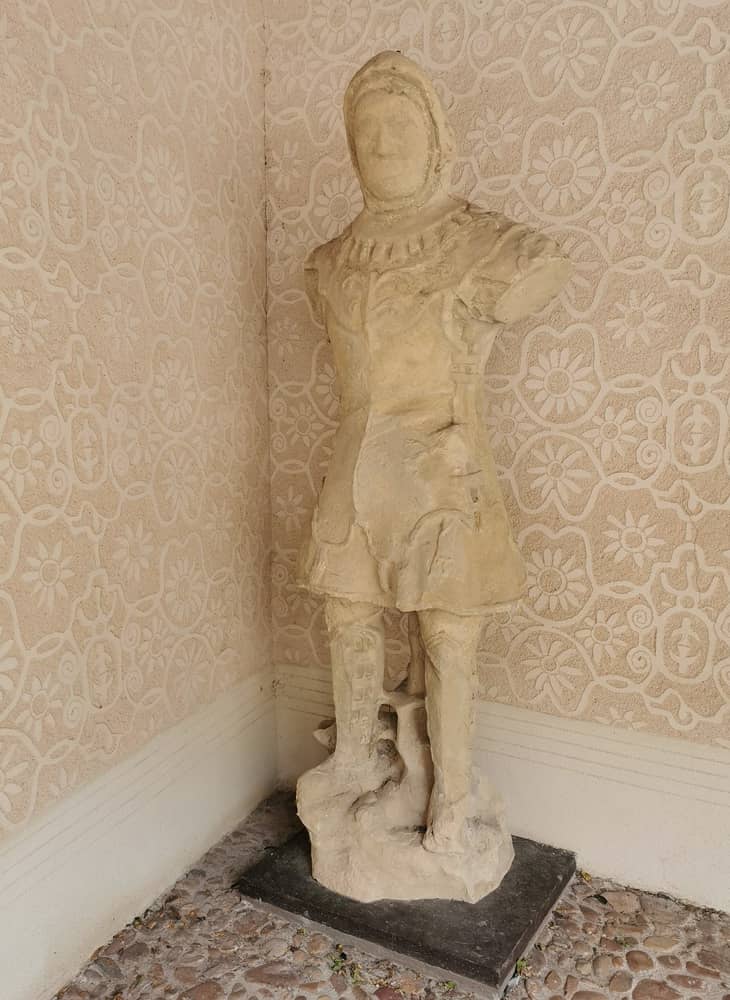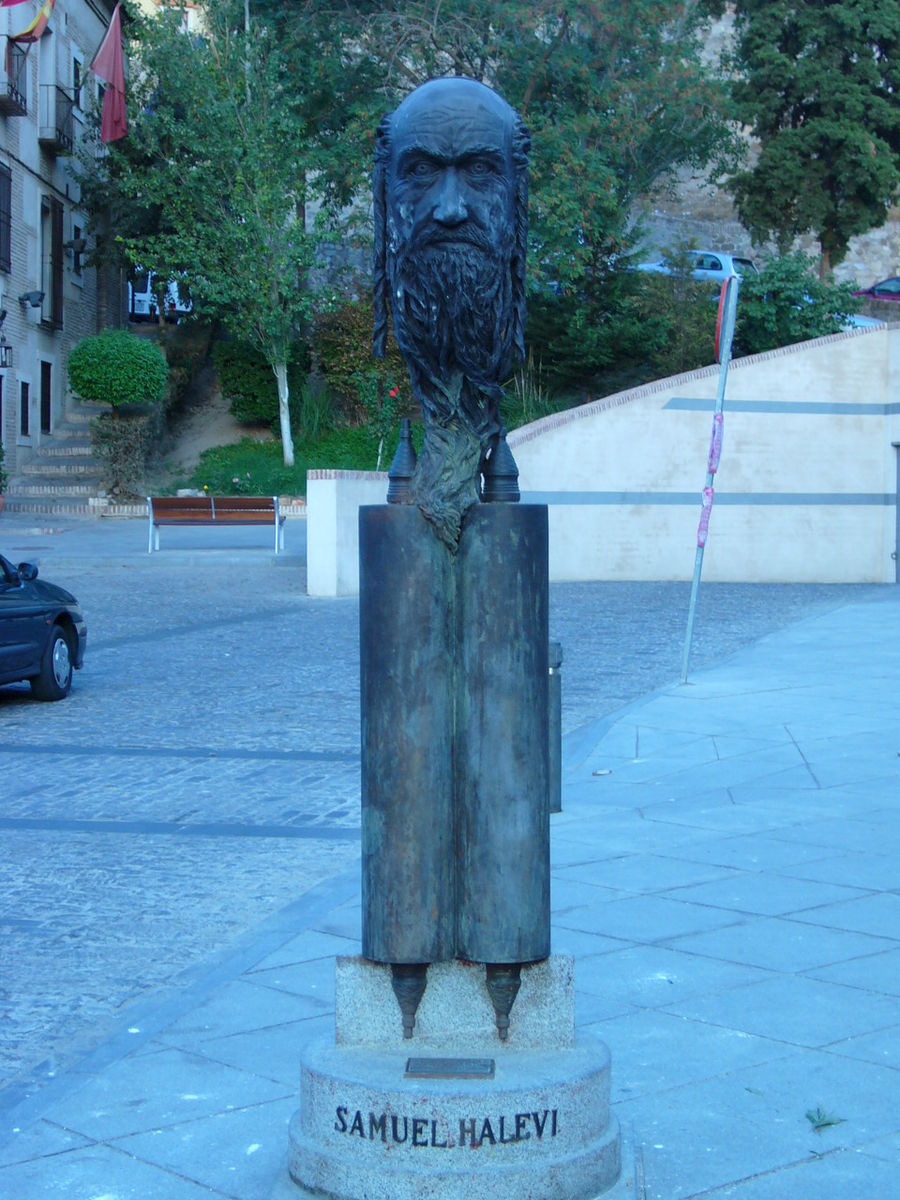The Jaffa Port is an ancient port that serves as a fishing harbor, a yacht harbor, and as a tourism destination. It offers a variety of culture and food options, including restaurants where fresh fish and seafood is served.
Jaffa port is mentioned in various ancient works, including the Hebrew Bible, such as the Book of Jonah, and the works of Josephus describing Jewish history and the First Jewish Revolt against Rome. For over 7,000 years it has been actively used, predating Muslims, Christians, Jews, and even Egyptians Still functional as a small fishing port, the port is currently a recreational zone featuring restaurants and cafés. A lighthouse, Jaffa Light, is located above the port.
In 1917, during World War I, British troops under General Allenby defeated the Ottomans and took Jaffa, which became part of the British-administered Palestine Mandate (1922–1948). In 1947 and 1948 there was sharp fighting between Jaffa, which was largely inhabited by Arabs, and the adjoining Jewish city of Tel Aviv. On 13 May 1948 (a day before the proclamation of the State of Israel), the Arab forces in Jaffa were defeated after long fighting with the Zionist underground Haganah and Irgun Zva’i Leumi forces. On 24 April 1950, the Jewish city of Tel Aviv and the Arab city of Jaffa were unified, and the Tel Aviv-Yafo Municipality was established.
Image attribution:
Heritage conservation picture Project – Jaffa Port Pikiwiki Israel, CC BY 2.5 , via Wikimedia Commons;
Andrew Shiva / Wikipedia;
zeller- zalmanson Pikiwiki Israel, CC BY 2.5 , via Wikimedia Commons;
Heritage conservation picture Project – Jaffa Port Pikiwiki Israel, CC BY 2.5 , via Wikimedia Commons;
Bukvoed, CC BY 3.0 , via Wikimedia Commons;
Heritage conservation picture Project – Jaffa Port Pikiwiki Israel, CC BY 2.5 , via Wikimedia Commons
